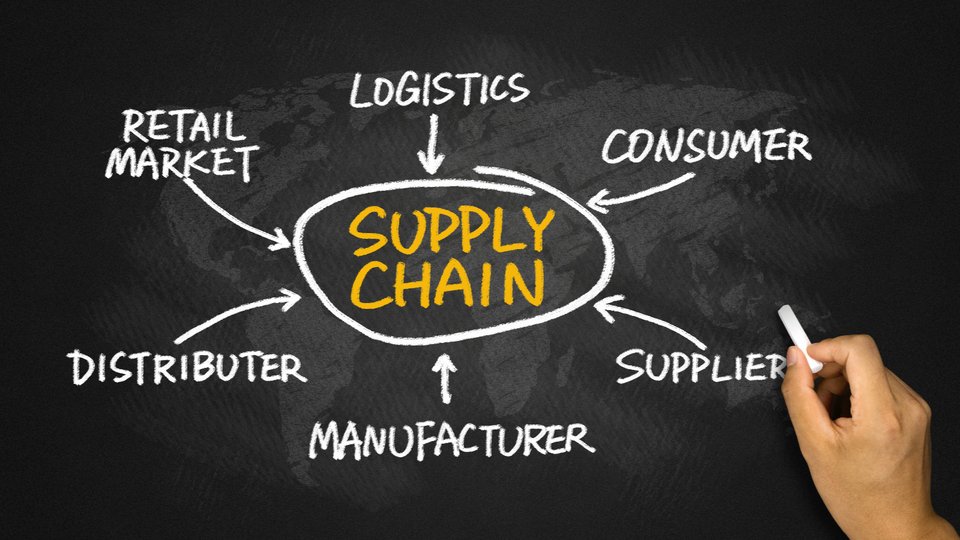Omnichannel
How to make your supply chain an asset in 2025
Retailers and brands that embrace supply chain transparency in 2025, and beyond, will comply with regulations and ethical standards and gain a competitive edge in the market.

June 17, 2025 by Roger Mayerson — SVP, Industry Principal of Apparel and Soft Goods, Logility
When people shop this year — whether for upcoming summer holidays and graduation gifts, or as they plan later in the year for winter holidays — they won't just look at price, product quality, and availability.
That buying criteria, while still important, is mostly homogenized as e-commerce platforms, product recommendation sites, and customer reviews make it difficult for brands and retailers to truly differentiate themselves on these factors alone.
People want transparency.
More specifically, they want transparency about where their items come from, how they were made, who made them, and under what working conditions.
For example, an IBM consumer survey found 73% of respondents now consider sustainability a major factor when making their purchases. Meanwhile, a separate survey determined 70% of consumers are interested in a brand's social and environmental initiatives.
However, complicated global supply chains can impair brands' ability to deliver on this consumer expectation.
Capturing as much of the multi-billion dollar consumer spending market as possible demands that brands and retailers solve this complicated problem, leveraging data and deep visibility into their supply chains to understand the social and environmental impact of their products, documenting and marketing these findings to keep up with emerging regulations and customer expectations.
It's possible. Here's how.
#1 Start with suppliers
Brands rarely control their entire product production cycle, and even for those that do, global supply chains usually provide the raw materials needed to produce their products.
That's why a company's supply chain is only as sustainable as its suppliers.
It's a difficult dynamic to monitor and maintain.
For instance, nearly 70% of fashion companies say global supply chain complexity is an obstacle to visibility. What's more, many say this lack of visibility makes false supplier sustainability claims both prevalent and challenging to detect.
To combat this, brands and retailers can set clear standards for social compliance, support sustainable manufacturing practices, and integrate sustainable processes across organizational operations.
Even more importantly, combine these initiatives with data from third-party assessors to validate the level of your vendors' and factories' compliance. Using an integrated data management approach that automatically identifies differences between an audit's findings and a vendor's self-reported scores, brands can make real-time determinations about a vendor or supplier's near or long-term viability.
The result is a more visible, accountable, and agile supply chain, which allows companies to overcome brutal logistical realities and better meet customer expectations.
#2 Harness digital tools
Supply chain transparency and visibility is a journey, not a destination. It won't be completed overnight.
However, brands that are committed to these principles will track progress over time by harnessing digital tools that integrate data and analytics to provide concise, actionable insights that allow brands to make steady progress toward sustainability.
More specifically, these technologies can:
- Improve data-driven sourcing decisions.
- Foster communication and collaboration with suppliers and internal stakeholders.
- Provide ways for suppliers to self-manage their corrective action plans.
- Offer the ability to manage working condition assessments and audits.
Modern supply chains are data-driven and tech-powered, so digital solutions should make supply chains more transparent and visible so sustainability can be achieved and reported.
#3 Prioritize sustainable processes
Global supply chains are vast and sometimes unpredictable, impacted by everything from political circumstances to weather patterns.
Supplier sustainability is well within a brand's purview.
Put differently, brands should control the controllable by implementing proper management safeguards over their supply chain, including:
- Proper vendor onboarding.
- Adherence to good manufacturing practices.
- Compliance with your Corporate Social Responsibility Guidelines.
- Continuous improvement in your sustainability metrics.
- Holistic analytical reporting that is shared across all corporate functions.
Additionally, brands can look to optimize the vendor lifecycle — from evaluation to compliance — to enhance sustainability and transparency while driving sales and maximizing profits.
Supply chain transparency produces bottom-line results
Brands have many reasons to make their supply chains more transparent and sustainable. Regulatory compliance, ethical considerations, and consumer expectations should prompt companies to prioritize transparency.
It's also a path to heightened profitability.
According to a McKinsey and NielsenIQ analysis, brands that derive more than half of their sales from sustainability-related claims achieve 32-34% repeat rates, with customers buying products from their brand at least three times a year.
This impact is even more pronounced when brands cater to younger shoppers.
The Harvard Business Review reported, "When Gen Z and Millennial customers rate a brand highly on humanity, they are 15% more likely than older generations to spend more money with the brand and choose it over its competitors."
In other words, brands that embrace supply chain transparency in 2025 and beyond will comply with regulations and ethical standards and gain a competitive edge in the market.
About Roger Mayerson
Roger Mayerson serves as SVP, Industry Principal of Apparel and Soft Goods for Logility, a leading provider of AI-first supply chain management solutions engineered to help organizations build sustainable digital supply chains. Roger is an industry veteran and change agent with a proven record in maximizing top and bottom line revenue and improving shareholder value. He specializes in the creation and implementation of retail and apparel strategies that drive sales, reduce costs, improve customer satisfaction and build successful teams.
